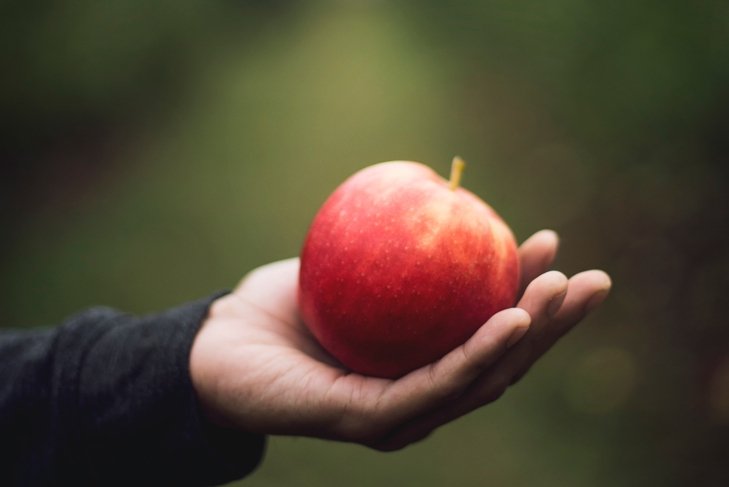
A personal journey of saving ancient apples in the Lost Orchard
When it comes to the produce we eat, variety is more than the spice of life. It’s the key to a healthy, resilient, and sustainable food supply. Yet, due to the commercialization of foods that favour such factors as appearance or transportability to taste, nutritional value, resilience, or ability to survive changing climatic conditions, we’ve already lost thousands of varieties of foods, and many more are facing possible extinction.
While many people are saddened by the extinction of animal species, few consider that foods also go extinct, leaving the food supply at risk. Apples have become the poster child of food extinction. While we tend to think an apple is an apple and that they mostly look and taste alike, thanks to the dozen or so varieties sold in the grocery store, more than 6,100 varieties of apples have been lost to time.
As the Canadian charitable organization Seeds of Diversity reveals, there were 7,098 apple varieties documented as having been in use between 1804 and 1904. Since then, 86 percent have been lost, and it is not just apples being lost, although apples are arguably the most at-risk food. This sad tale of perishing produce varieties is repeated in crop after crop, in Canada and around the world.
Seventy-five percent of global food diversity has become extinct in the last century. Industrial agriculture and the globalization of the food supply chain put crop selection in the hands of large corporations, vastly limiting selection and effectively squeezing out local and regional crop varieties that would have been staples in Canadian households at the beginning of the 20th century.
At that time, Canadian farmers and growers, like their counterparts around the world, saved seeds from a vast array of produce. Seed saving ensured that diverse and locally relevant plant varieties were preserved and sustained year after year.
Sadly, this practice has diminished as the modern food industry took charge of what crop varieties we buy in the store, as well as the seeds farmers grow. As early as 1999, the United Nations Food and Agriculture Organization (FAO) reported that only 150 to 200 of the 300,000 known edible plant species are consumed by humans and, shockingly, 75 percent of the global food supply comes from only 12 plant species, including wheat, corn, and rice.
But how many different varieties of apples do you need? Greater agrobiodiversity means less risk and greater sustainability in the food supply. Agrobiodiversity is an insurance policy against pests, disease, droughts, climate change, selective farming or commercialization practices, loss of pollinators, and other factors that affect our food supply.
When there are risks to the food supply, do you want food plants that have proven their resilience over time or do you want to take your chances with the homogenous varieties, many of which are heavily sprayed, increasingly genetically modified, nutritionally deficient, and often shipped thousands of kilometres to reach grocery stores? The choice seems clear.
For me, more than two decades of food security work took an astonishing turn, transforming what was already fulfilling work into an extraordinary and passionate adventure.
The Discovery of the Lost Orchard
Ways you can help prevent food extinction
You can help improve biodiversity and reduce the risk of food extinction in the following ways:
> Diversify your dinner. Purchase heritage and rare varieties of food rather than supporting homogenized varieties with uniform colour, shape, and size, as well as few varieties.
> Choose not to spray your lawn or gardens with pesticides.
> Avoid buying food that has been sprayed with pesticides.
> Choose organic or unsprayed food as much as possible.
> Buy and plant heirloom and heritage seeds and produce varieties.
> Purchase your food at farmers’ markets to support local agriculture.
> Learn how to save seeds from heritage foods you grow.
> Join a seed-saving group or seed exchange.
> Urge local restaurants to use heritage and heirloom food varieties.
Foods at risk of extinction
The following foods are at risk of extinction (includes the threat and predicted year of extinction)
| Food | Threat | Predicted year of extinction |
| avocados | drought | In jeopardy |
| chocolate | Climate change | 2030 to 2050 |
| Coffee beans | Overconsumption of arabica beans | 2050 |
| honey | Colony collapse disorder | In jeopardy |
| Maple syrup | Climate change | 2100 |
| peanuts | Drought and rising temperatures | 2055 |
| Wine grapes | Climate change | 2050 to 2100 |


